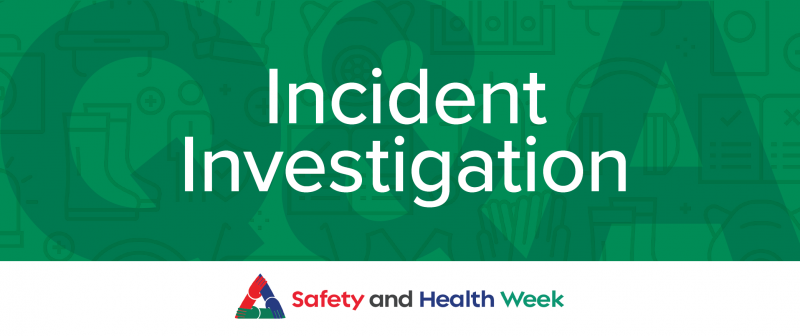of Safety
When an accident or death, or even a near-miss, occurs in the workplace, an incident investigation is triggered. This is a formal method required under the provincial OHS regulation and WorkSafeBC policies. It’s also a valuable tool your organization can use to learn from mistakes and make improvements in your health and safety controls.
Under the Act, an employer must conduct a preliminary investigation (defined in section 71) and a full investigation (section 72) of any accident or other incident that is required to be reported (section 68), resulted in injury to a worker requiring medical treatment, did not involve injury to a worker, or involved only minor injury not requiring medical treatment, but had a potential for causing serious injury to a worker, or was an incident required by regulation to be investigated.
This can include:
- Near-miss incidents
- Equipment malfunction
- Property damage
- Injuries requiring first aid
- Injuries requiring medical aid
- Time loss incidents
- Serious incidents and fatalities
Investigations, if not handled well, can degenerate into finger-pointing, blame-fixing, and fault-finding exercises. These sorts of investigations are seldom effective at determining the real reasons for what happened or arriving at any effective solutions for the systems involved.
The key areas within an incident investigation are root cause analysis and the subsequent development of recommendations to improve systems.
An effective incident investigation program includes:
- Clearly defined procedures around the methodology of investigations
- A root cause analysis process
- Use of a team approach that involves both workers and managers
- Effective training for all involved individuals



